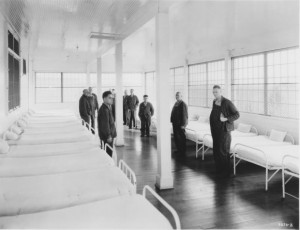Throughout history, social ties have been important. Citizens in small towns certainly kept tabs on their neighbors, but even in large cities, prominent people were reported on in the “society pages.” Many small-town newspapers kept tabs on the comings and goings of the locals, and reported on visits from their relatives and friends. On September 30, 1910, the Sioux Valley News reported that:
— Ed L. Wendt took a trip up to Lake Preston Tuesday to attend to some business matters
— Col. Arthur Linn went to Hot Springs last Saturday to attend a meeting of the Soldiers’ Home board
— Mrs. C. F. Neighbors came up from Sioux City Monday to spend a few days with her friend Miss Grace Hanson
— Miss Ethel McClanahan arrived in Canton a few days ago and has been a guest of Dr. Hummer and family at the Indian Asylum. Miss McClanahan was for a number of years chief nurse in St. Elizabeth’s hospital in Washington, D. C. . . .
McClanahan was working on a special case in the west at the time, and presumably stopped in to see Dr. Hummer on her way to “visit friends further east” as the paper reported. Still, despite Dr. Hummer’s reputation for temper and haughtiness at the asylum, he could evidently be quite cordial to those he felt were his social or professional equals.






















